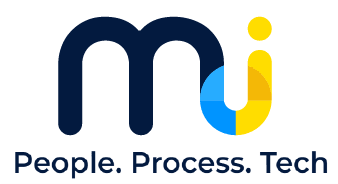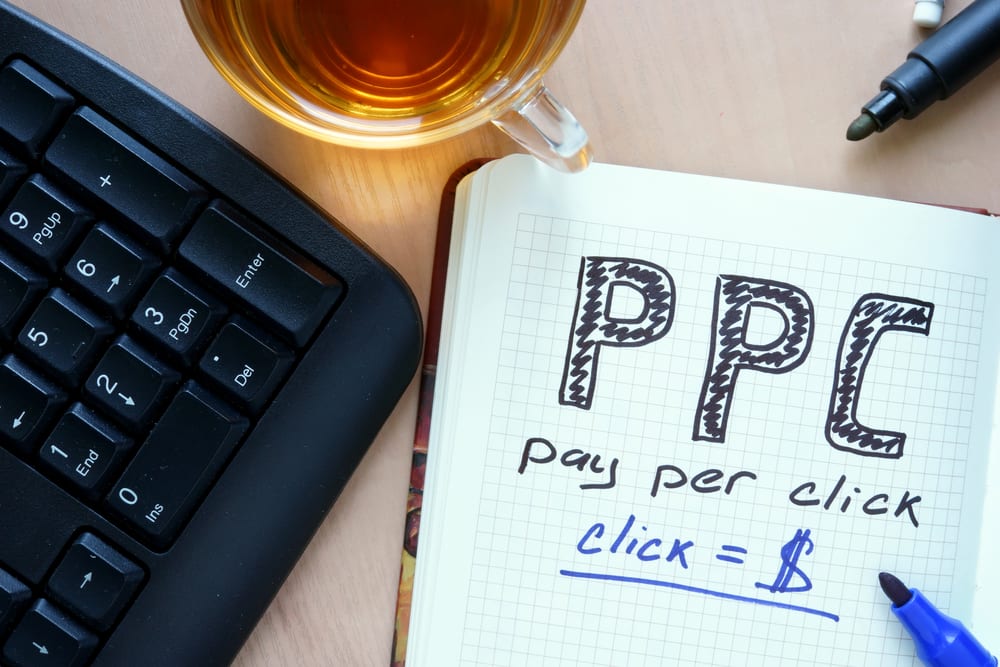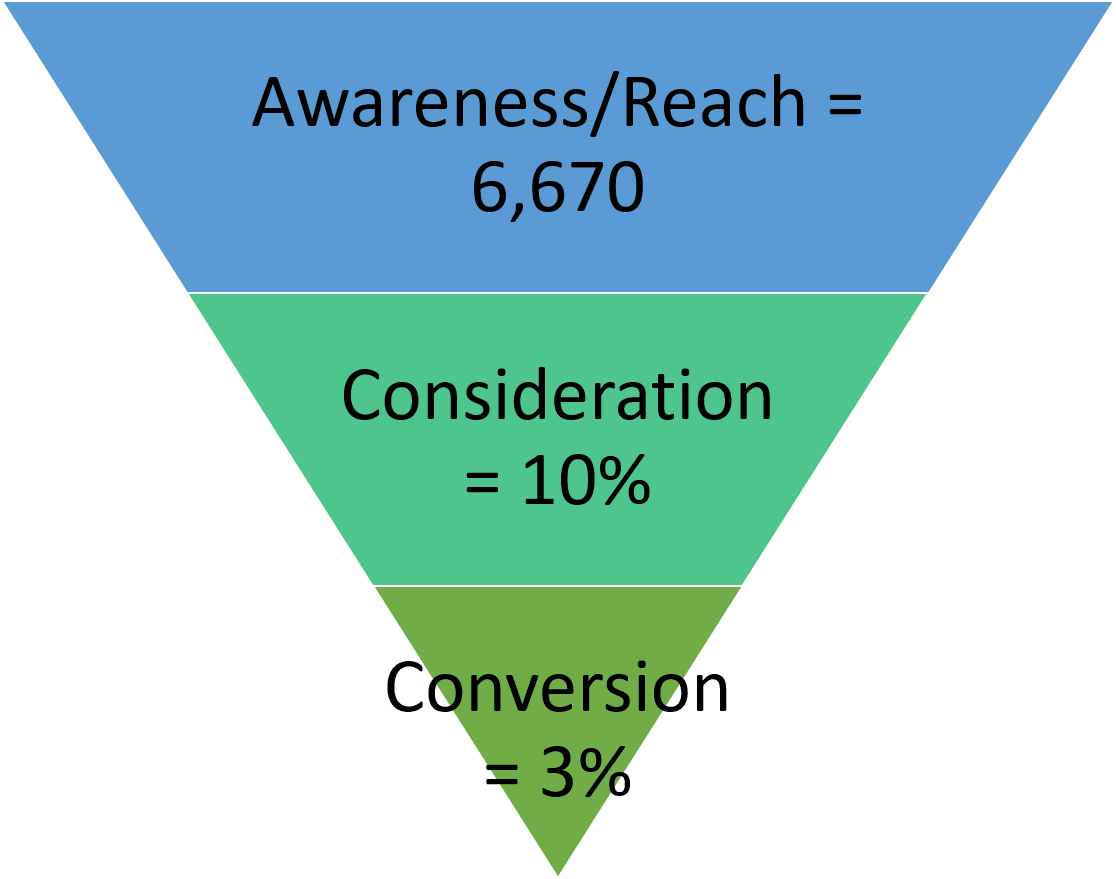If you are not doing Pay Per Click ads, your target audience is either not yet born, don’t have access to the internet or too old to use the internet. But between all those segments, there are thousands and possibly millions of potential customers within reach through this form of digital advertisement.
Digital marketing is now the most powerful tool to connect with your potential audiences. With hundreds of channels available for minimal investments, the only thing that may be stopping you from launching your Pay Per Click Campaigns are these eight steps.
Are you getting ready to launch your Pay Per Click Campaigns?
Read these, eight steps to get started and avoid the most common pitfalls.
- Set clear goals and objectives. If you are seeking to create brand awareness, drive traffic or generate sales, it’s your job to know and be clear about your objectives. What do you want to achieve? Don’t say you want to make money or increase sales, be more specific (e.g. “We want to increase sales by 15% in 2019, to $150,000). Without a clear objective, you’re setting yourself up to fail and ultimately complain that your campaigns didn’t work. Most marketing or advertising campaigns fail before the results are known because of this very important step. Spend some time to decide what your goals and objectives are.
- Know your success numbers. What does a successful campaign look like for your business? And how are you creating the correlation between your objectives and your success numbers. Let’s say your goal is to generate $1,000 in sales per day, do you know how many people your campaign should be reaching? Do you know how many of those people your campaign reached, should be considering your offer, and what amount should be converting? Do you know what’s the average conversion rate for your industry or the channel you’re using to run your PPC campaign?
Your conversion should be equivalent to your success. Here’s an example to better understand what we mean: Let’s say John’s objective is to generate $1,000 per day from his campaign and his conversion target rate is 3%. The average price for his product is $50, this means that John need to sell 20 of his products to generate $1,000. If John limits the total number of items per person to 1, it means that he’ll need 20 customers to purchase. Let’s assume that this 20 is equivalent to 3%. So how many people should be considering his sales offer before conversion? That number is 667. We get this by asking, 3% of what number gives you 20? If you multiply 20 x 100 and divide the result by 3, you will get 667 (rounded).
Now that we’ve established how many we need to consider John’s sales offer, we still need to figure out how many people should his campaign be reaching, or rather bringing awareness to. If we assume John is targeting a 10% consideration rate, you can see clearly that he should be reaching at least 6,670 persons. You got that right, that’s just pure math.
By reverse calculating from the objective, we can tell how many people John should be reaching in order to have a successful campaign.
This proves how important it is to know the objective for your campaign. The above was only an example and you would need to determine the consideration and conversion rates for your industry.
- Identify and focus on your target audience. Who it is you are trying to reach? Where do they spend most of their time? Are they online or offline? These are questions that should be answered before launching your campaign. Most target audiences are online so determine where they spend their time if it’s on social media, which social media? If it’s on specific websites, you need to know that as well. Facebook Audience Insight tool can help you to answer a number of these questions. Other tools such as Google Trends can also provide information on activities relating to your market.
- Determine where to advertise. How will you reach your target audience? Will it be via social media, search engine or other websites? All advertising platforms provide free access into their system so you can get in and start learning. Facebook Ads, Google Ads, Bing Ads, LinkedIn Ads are some of the popular platforms used to manage advertisement. Once you can utilize any of these platforms well, you will begin to see great returns on your investments for your campaigns. Read our blog about six ways to capitalize on Facebook and YouTube tools to grow your business.
- Deciding on a campaign budget. Most advertisers ask this question first, when they should be asking it later. Budgeting for a campaign is necessary but without an understanding of the campaign objectives and target audience, it will be no different from shooting in the dark. Knowing what a realistic conversion rate for sales related objective is for your product or industry is also helpful.
- Choose the right keywords. When your target audience uses a search engine to find what they need, those keywords must align with the ones in your campaign and landing page. This is where you think like your target audience and select the right keywords to connect them to your product. Be sure to setup maximum keyword bids and choose the right keyword matching option. Your ads will likely get more clicks that will lead to conversion if you use “exact match” or “phrase match” rather than “broad match” which will get your ads triggered more often.
- Write simple and clear ad copy. Writing ads for your campaign requires being specific and concise. Use relevant keywords from your keywords list and go for an attention-grabbing headline. Include your Unique Selling Position (USP) and Call To Action (CTA) and link your CTA to the proper landing page. Your ad copy and your landing page must be consistent with clear and concise information.
- Measure, monitor and improve where necessary. Until you can determine what ad campaign works best, you will need to test your ads. Run multiple A/B testing and use analytics to measure your results. As you repeat this process, you will discover and learn a lot about the performance of your campaigns.
For over 10 years MI Group has been helping small and mediums size business to grow using online technology and digital media tools. We’ve helped our clients make and save millions of dollars through expert digital marketing. We work with all major online advertising networks including Facebook, Google, Bing, LinkedIn and others to help with advance advertising strategies for optimal benefits.



